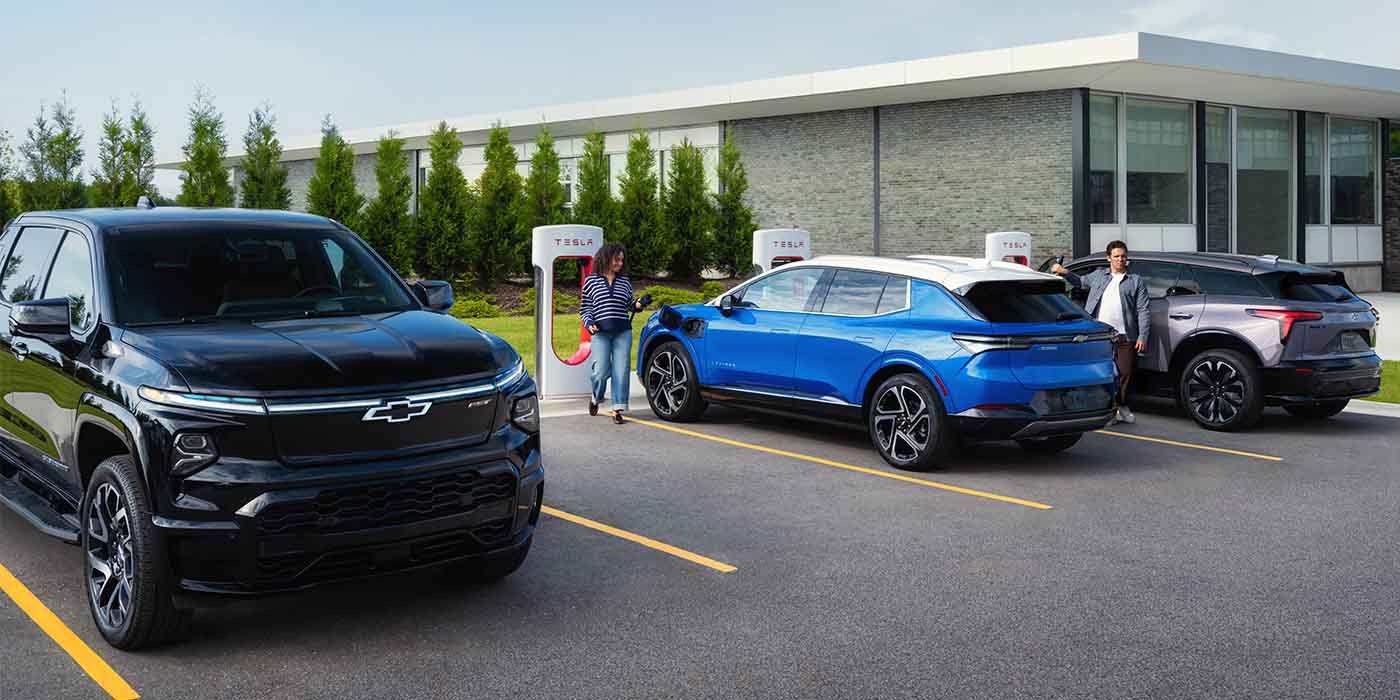
Actual-world driving and charging habits could make EV batteries last more than researchers beforehand thought, finds a brand new Stanford-SLAC examine.
A brand new examine from the SLAC-Stanford Battery Heart printed on December 9 in Nature Power means that real-world driving habits – like stop-and-go site visitors, freeway driving, fast metropolis journeys, and plenty of time spent parked – might make EV batteries final a few third longer than beforehand thought. This implies the common EV proprietor may not want to switch their battery pack or improve to a brand new automobile for a number of further years, saving cash and increasing the lifetime of their trip.
Battery scientists normally check new designs in labs by biking them at a continuing charge of discharge and recharge, rushing up the method to rapidly see how lengthy they’ll final and the way effectively they carry out. Nevertheless, based on a brand new examine printed on December 9 in Nature Power, that methodology doesn’t mirror how EV batteries are utilized in the actual world.
For on a regular basis EV commuters, that is massive information. Whereas battery costs have dropped by about 90% within the final 15 years, they nonetheless make up practically a 3rd of the price of a brand new EV. The examine means that present and future EV drivers might take pleasure in extra miles earlier than needing a alternative.
“We’ve not been testing EV batteries the fitting method,” stated Simona Onori, senior creator and an affiliate professor of vitality science and engineering on the Stanford Doerr Faculty of Sustainability. “To our shock, actual driving with frequent acceleration, braking that prices the batteries a bit, stopping to pop right into a retailer, and letting the batteries relaxation for hours at a time helps batteries last more than we had thought based mostly on industry-standard lab checks.”
The researchers created 4 totally different EV discharge profiles, starting from the same old fixed discharge to extra dynamic ones based mostly on real-world driving information. Over two years, they examined 92 industrial lithium-ion batteries utilizing these profiles. The outcomes had been clear: The nearer the profiles matched precise driving habits, the longer the batteries lasted.
So, what’s behind this shocking longevity? A machine studying algorithm skilled on the mountain of collected information helped uncover how dynamic discharge patterns scale back battery degradation. Seems, the best way folks truly drive could be simpler on batteries than scientists anticipated.
For instance, quick, sharp accelerations in EVs truly decelerate battery degradation. That flips the script on what researchers – together with this examine’s personal crew – had assumed for years: that acceleration spikes had been a battery’s worst enemy.
Alexis Geslin, one in every of three lead authors of the examine and a PhD pupil in supplies science and engineering and in pc science in Stanford’s Faculty of Engineering, defined:
We battery engineers have assumed that cycle ageing is way more necessary than time-induced ageing. That’s largely true for industrial EVs like buses and supply vans which might be virtually all the time both in use or being recharged.
For shoppers utilizing their EVs to get to work, decide up their youngsters, go to the grocery retailer, however largely not utilizing them and even charging them, time turns into the predominant reason for ageing over biking.
The examine pinpointed a candy spot for discharge charges that balances time ageing and cycle ageing – at the least for the industrial battery they examined. That vary aligns with how most individuals truly drive their EVs. Automakers might use this perception to tweak battery administration software program, serving to to increase battery life and optimize efficiency for real-world driving.
Going ahead, vitality science and engineering postdoctoral scholar Le Xu notes, “Researchers can now revisit presumed ageing mechanisms on the chemistry, supplies, and cell ranges to deepen their understanding. This can facilitate the event of superior management algorithms that optimize using present industrial battery architectures.”

Learn extra: Researchers develop EV battery that prices 0-80% in quarter-hour
To restrict energy outages and make your private home extra resilient, think about going photo voltaic with a battery storage system. As a way to discover a trusted, dependable photo voltaic installer close to you that provides aggressive pricing, take a look at EnergySage, a free service that makes it simple so that you can go photo voltaic. They’ve a whole lot of pre-vetted photo voltaic installers competing for your corporation, guaranteeing you get high-quality options and save 20-30% in comparison with going it alone. Plus, it’s free to make use of and also you received’t get gross sales calls till you choose an installer and also you share your telephone quantity with them.
Your customized photo voltaic quotes are simple to match on-line and also you’ll get entry to unbiased Power Advisers that will help you each step of the best way. Get began right here. –trusted affiliate hyperlink*
FTC: We use revenue incomes auto affiliate hyperlinks. Extra.


